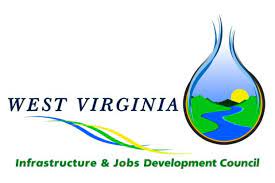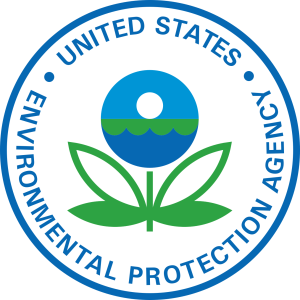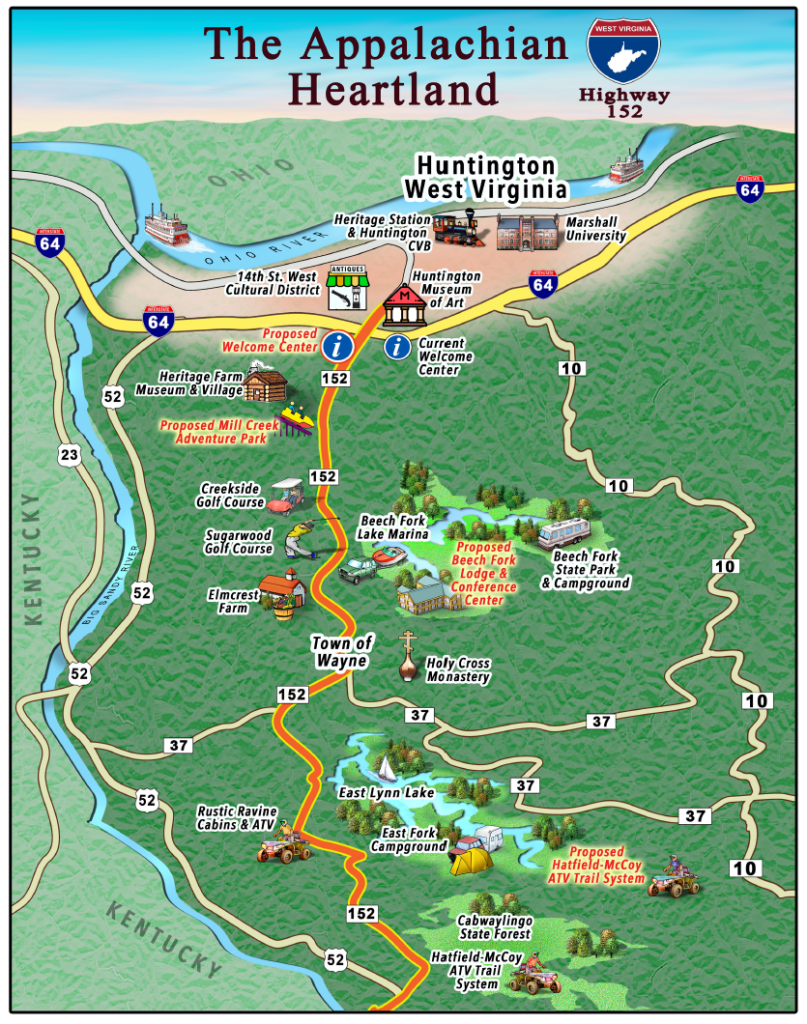
Region 2 received an ARC POWER Grant to conduct a professional, integrated market feasibility, regional tourism attraction analysis, economic impact analysis, operational feasibility analysis, and resource leveraging study for the envisioned Appalachian Heartland Welcome Center and connected tourism development in the greater Huntington/southwestern WV region. This Appalachian Heartland Highway Initiative will directly address the challenges of job loss, unemployment, and disinvestment associated with coal decline in the project area through bolstering the tourism industry, which is very well-positioned for growth. This study has helped the project team make resource and implementation decisions, and attract investment in the implementation of a Welcome Center and hub connectivity projects. Nearby tourist destinations positively impacted by this study include Heritage Farm and Museum, Hatfield McCoy Trail System, Rustic Ravines, Beech Fork State Park, Cabwaylingo State Forest, 14th Street West Antique District, Huntington Museum of Art, and Ritter Park – the jewel of the Greater Huntington Parks and Recreation District. As a result of this study, the WV Department of Transportation recently $1.75 million from a Congressionally Directed Spending request to help construct a new Appalachian Heartland Welcome Center at the interchange of Interstate 64 and WV State Route 152 at Exit 8 in Huntington.
West Virginia has very few sites suitable for large-scale economic development projects. Situated in southern Mason County, Apple Grove boasted one of the premier such sites in the state – 1,300+ acres in a designated Opportunity Zone. While the site had public water, gas, and electricity, it always lacked a public wastewater system – a major hurdle to business recruitment and the primary reason the site remained undeveloped. In 2021, Region 2 staff, on behalf of the Mason County Development Authority, obtained a grant for $1 million from the U.S. Army Corps of Engineers. Appalachian Power and the WV IJDC provided the matching funds, and all of the upfront engineering work for a new treatment plant and wastewater system was finally able to begin. A short time later, Nucor Corporation, the largest recycler and steel producer in North America, announced plans for the construction of a new state-of-the-art facility at this site. The record investment will exceed $3 billion, making it the largest in West Virginia history, as well as the largest single investment Nucor has ever made. Nucor utilizes electric arc furnaces to turn recycled scrap metal into steel, a process that makes Nucor one of the cleanest steel producers in the world and a leader in sustainable steel production. The company plans to employ up to 2,000 workers for construction and hire around 800 full-time employees to operate the plant. The line of people holding shovels at the groundbreaking ceremony was the length of seven football fields, an official Guinness World Record. In addition to the Nucor site, this project will provide sanitary sewer service to approximately 260 new customers – 257 residential, 1 commercial (APG Polymers), the Rivers Edge Campground, and Ashton Elementary School – in the small communities of Apple Grove, Mercers Bottom and Ashton.
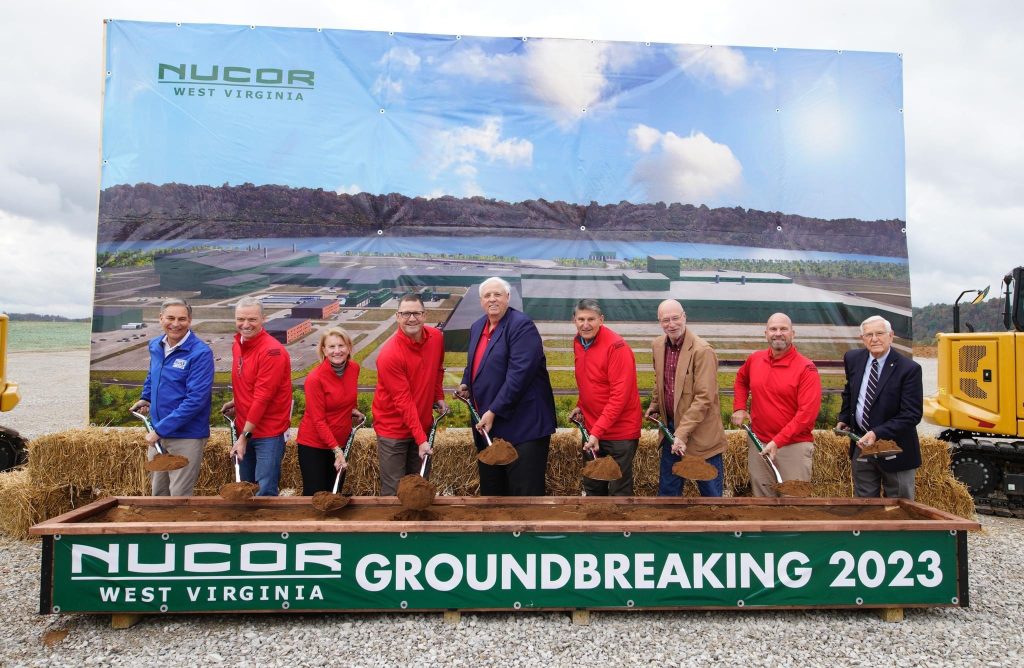
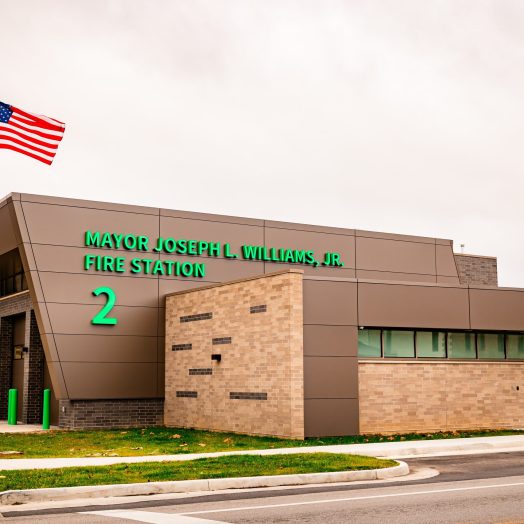
Region 2 previously received an EPA Brownfields Coalition Assessment Grant for $600,000. A brownfield is defined as: real property, the expansion, redevelopment, or reuse of which may be complicated by the presence or potential presence of a hazardous substance, pollutant, or contaminant. EPA Assessment Grants provide funding for a variety of activities, including:
A previous Advantage Valley study inventoried 70 sites, with 12 of those sites identified as having the greatest potential for development. The primary goal of Region 2’s EPA grant was to leverage these previous efforts and continue the ongoing environmental assessments to address a critical deficiency to economic development – a lack of “shovel-ready” sites. The paucity of such available sites severely reduces opportunities to attract new businesses and industries to the area.
With this grant, Region 2 completed 16 Phase I Environmental Site Assessments (ESAs), seven (7) Phase II ESAs, and entered two (2) brownfield sites into the West Virginia Department of Environmental Protection Voluntary Remediation Program. Success stories from these activities include: former Artistic Cleaners (new Mayor Joseph L. Williams, Jr. Fire Station), Mason County Industrial Park (site of future $2 billion investment by Fidelis New Energy for a lifecycle carbon neutral hydrogen production facility ), former Kanawha Manufacturing (new Learning, Innovation, Food & Technology Center), former Huntington East Practice Field (recipient of an EPA Cleanup Grant for $382,000), former Barboursville Brickyard Property (new Davis Creek Elementary School), former Queen Shoals Full Gospel Church (future trailhead for Elk River Trail).
More recently, Region 2 was awarded another $500,000 for an EPA Brownfields Community-wide Assessment Grant to continue the successes of our previous grant with an emphasis on Logan and Mingo counties.
Rural counties in West Virginia have long been affected by the growing digital divide as the state has historically been one of the least broadband-connected in the country. This lack of broadband service has had a particularly crippling effect on the economy and quality of life in Southern West Virginia where income, educational attainment, and labor participation are persistently low following years of decline in the coal industry. This situation, however, is poised to dramatically change through the last-mile construction and deployment of fiber to the premises for 13,432 unserved residences, businesses, and community institutions in Logan and Mingo Counties.
Slated for completion in early 2025, this project has come to fruition through both an investment of $19.6 million from the National Telecommunications and Information Administration’s (NTIA) Broadband Infrastructure Program and the unique partnership of both private and public entities such as American Electric Power/Appalachian Power Company (AEP/APCO), the Logan and Mingo County Commissions, GigaBeam Networks, the Logan County Economic Development Authority, the Mingo County Redevelopment Authority, and Region 2 Planning and Development Council. The project’s foundation is built upon a $60 million dollar investment by AEP/APCO that uses a portion of the strands on their planned fiber optic cable expansion to construct a highspeed broadband middle-mile and FTTP network.
Region 2 provided technical assistance with the development and submittal of the grant to NTIA, and is providing project administration and grant management services under a Covered Partnership Agreement.

